"I don't want children, I don't want marriage.."
Beauty campaigns still focus on "looking perfect for your wedding day" when marriage rates are declining. Financial services default to "saving for your children" when the target audience is...
What happens when an entire generation of women looks at the traditional playbook of marriage and babies and says "no thanks"?
We’re about to find out, because according to the latest data, that’s exactly what’s happening across the UK, US, and Asia. And if you work in marketing, you should be paying attention.
For decades, marketing reinforced and amplified a roadmap for women. Get educated, find a partner, get married, have babies, become the perfect mother. Every product launch, brand strategy and creative brief has been designed around this linear progression.
This raises the question…are brands prepared for this demographic shift?
Before we talk about what this non-conformity actually looks like and how it will impact our jobs, let's first dive into how marketing created this conformity in the first place.
This is not to push out some sort of gender war, but when discussing these topics, context becomes really important.
The history:
Women gained the right to have their own bank accounts in the 1960s and buy houses in the 1970s, yet during this same period, the marketing industry continued operating on the assumption that women's primary aspirations remained marriage, motherhood, and caregiving.
As we know, the marketing, media, and advertising world was, and in many sectors still is, run by men. In the UK, women hold just 14% of creative director roles and under 40% of C-suite seats in agencies. In the US, it's much the same story, with fewer than one in three agency CEOs being women, and only 7% of C-suite positions held by women of colour.
This impacts everything from what campaigns get approved to the roles that women in ads play. Women in ads are still shown predominantly in domestic roles, with older women, darker-skinned women, and child-free lifestyles rarely represented.
Domestic-only roles: In 2024, over two-thirds of female characters in US ads were shown in domestic or family settings, while only 3% appeared in leadership roles
Globally (including APAC), only 7% of ads in 2022 featured women in professional environments and those got just 4.7% of total ad spend
Older women remain almost invisible on screen. In 2023, just 1.5% of ads featured women aged 60+ men that age showed up 25% more often
So, when campaigns speak to womanhood, they're often doing so through a limited lens, shaped not by lived experience, but by outdated assumptions and a “narrow” field of view.
Choice vs. Circumstance:
While the dominant narrative often focuses on empowered choice, women prioritising careers, travel, or personal growth, the full picture is more nuanced.
Some are child-free by conscious, values-aligned decision. Others are navigating rising living costs, delayed homeownership, and career pressure that make traditional timelines less attainable.
Whether shaped by preference, pragmatism, or both, more women are redefining what success and fulfilment look like beyond marriage and motherhood.
And the data reveals the scale of that shift:
Housing affordability: The average home costs about 8.6–8.8× the average salary, topping 13× in London
Age of homeownership: First-time buyers are now in their mid‑30s (around 33.5 years old), up from late-20s in the 1990s
Cost of babies: Without insurance, the average cost of giving birth in the US can reach $18,000 or more and raising a child to 18? That's about $297,674, according to Lending Tree.
The old model, where one income could support a family, simply doesn’t hold up anymore. Even men earning the average often can’t cover both a mortgage and children on a single salary.
Women, now more educated than ever, are not only choosing to work, they’re required to. For many, family plans are deferred or deprioritised not because they don't want them, but because they’re not economically viable yet.
At the same time, a growing number of women with the means to follow traditional paths are still choosing not to. Some are investing in personal freedom, solo travel, career growth, or what’s often called the “soft life”, a lifestyle that prioritises autonomy, ease, and self-defined fulfilment over conventional obligations.
Whether shaped by constraint, conscious intent, or both, the result is the same: an entire demographic is reshaping what adulthood, womanhood, and success look like.
The Two-Segment Solution:
And from a marketing perspective, the "why" absolutely matters because it changes everything about how you should speak to these women.
Segment 1: Child-free by Circumstance The woman who's child-free because she can't afford it is thinking about financial security, stability, and maybe someday affording that family. She's saving, budgeting, looking for value. Her travel spending might be guilt-ridden or carefully planned around sales.
Segment 2: Child-free by Design The woman who's child-free by choice and has disposable income is thinking about experiences, personal growth, and living her best life now. She'll pay premium for convenience, quality, and experiences that align with her values.
These are completely different marketing briefs. One needs messaging around smart financial choices and future security. The other wants messaging around self-celebration and premium experiences.
The mistake brands make is treating all child-free women as one segment when they're actually two very different markets with different motivations, different pain points, and different spending psychology.
"What does this have to do with us"
The real question brands should be asking isn't "how do we market to childfree women?" It's "how do we market to women who are redefining success because the old definitions became impossible to achieve?"
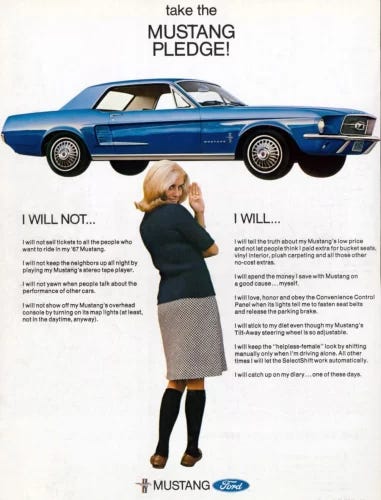
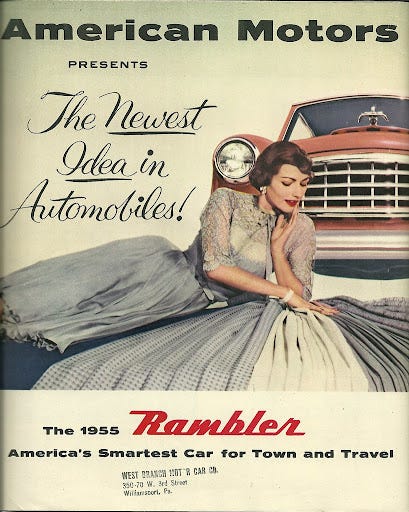
Brands are targeting a demographic that no longer reflects their actual consumers.
This is the data that proves the disconnect:
Auto industry: Car ads still love to show families loading up SUVs, but the fastest-growing buyers are single women, especially in urban areas where EVs and compact cars are outperforming
Travel industry: Travel brands keep pushing romantic getaways, yet solo female travel is going incredibly well. women now make up 84% of all solo travellers globally, with the market hitting $482 billion in 2024 and growing 14% year-on-year
This Isn't Just a Western Thing
This shift extends far beyond UK/US markets and one might argue it’s more dramatic in societies that were traditionally the most family-centric.
These countries built their entire social and economic systems around strong family structures, making their shift even more significant for marketers.
South Korea: Once deeply influenced by traditional Confucian family values and gender norms, its fertility rate of 0.78 (world's lowest), yet beauty and travel brands still focus heavily on family messaging
Japan: 38% of households are single-person, with women driving luxury goods consumption
Singapore: 79% female workforce participation (vs. 54% in 1990), creating huge purchasing power among career-focused women
Who got it wrong vs right?
Peloton: Holiday Ad Backlash (2019)
The controversial ad showing a husband gifting his already-fit wife a Peloton bike caused major backlash. It reinforced traditional gender roles: woman as homemaker, beauty-obsessed, dependent on male approval.
Stock dropped 9% in three days (~$1.5 billion in market value).
Accused of disconnect with audiences and promoting insecurity under the guise of “empowerment.”
It failed because people felt it assumed a traditional, linear narrative, marriage, fitness-as-duty, performative gratitude, that didn’t reflect modern realities or priorities.
Victoria’s Secret: Maintained their positioning
For years, they continued with hypersexualised portrayals of women despite shifts in cultural expectations around body image and representation.
Between 2015 and 2020, sales fell from $7.7 billion to $5.4 billion.
Lost relevance among younger, more diverse consumers.
Cancelled annual fashion show in 2019 after viewership dropped by 50%.
It marketed exclusively to the male gaze and an outdated fantasy of femininity, ignoring growing demand for authenticity, diversity, and self-defined beauty.
The Strategic Framework:
The most effective approach is to stop writing briefs for a woman who doesn't exist, instead start segmenting by motivation, not just marital status.
The woman who's childfree because she can't afford kids needs different messaging than the woman who's childfree because she'd rather spend £15,000 on a solo trip to Japan.
The brands that recognise this shift first will capture the loyalty of the fastest-growing, highest-spending female demographic.
Those that don't will continue marketing to ghosts while their competitors build relationships with the women actually driving market growth.
What's your take? Are you seeing this shift in your industry?
I’d love to know your thoughts and experiences.
If you missed last week’s newsletter edition:
My latest youtube video: here





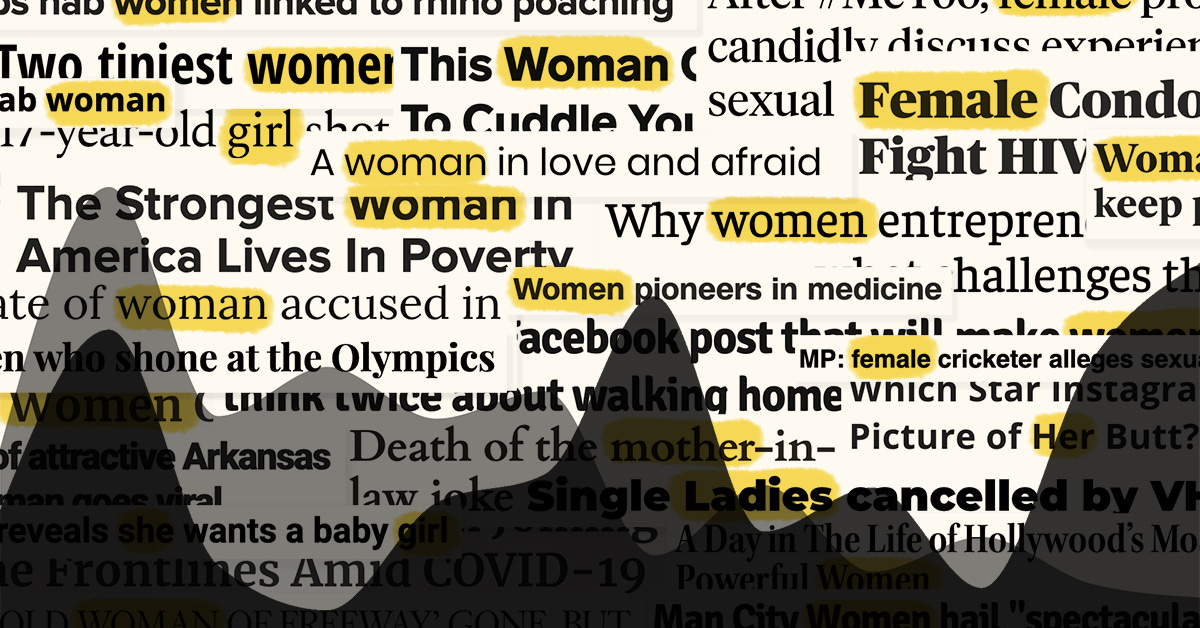

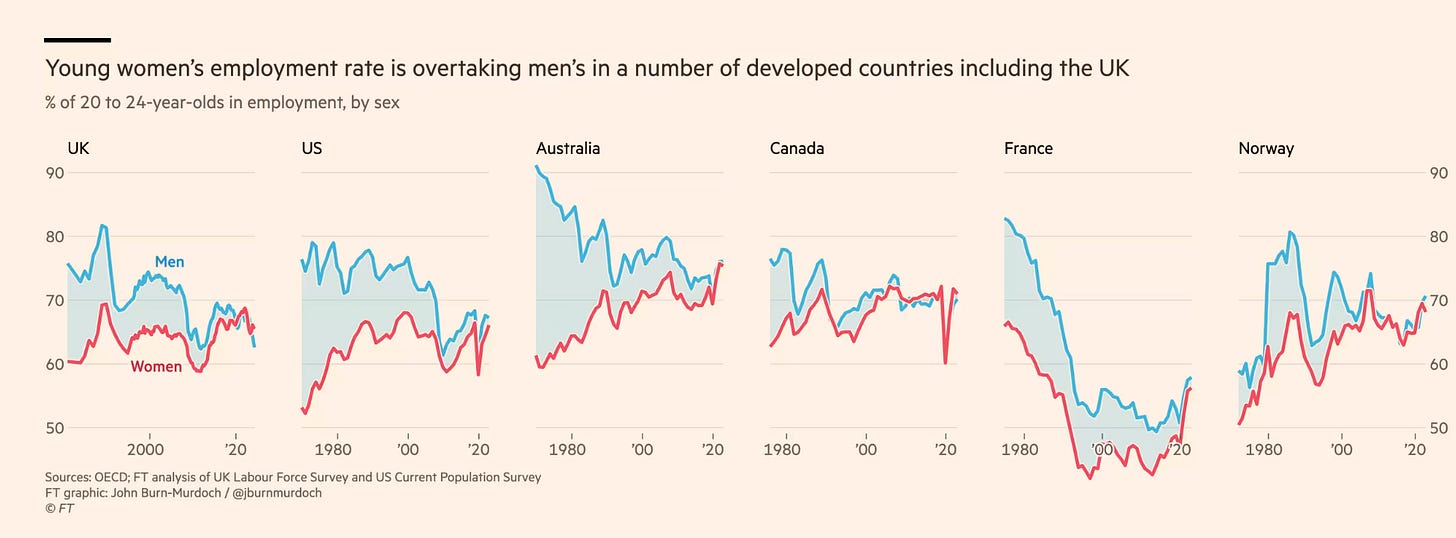




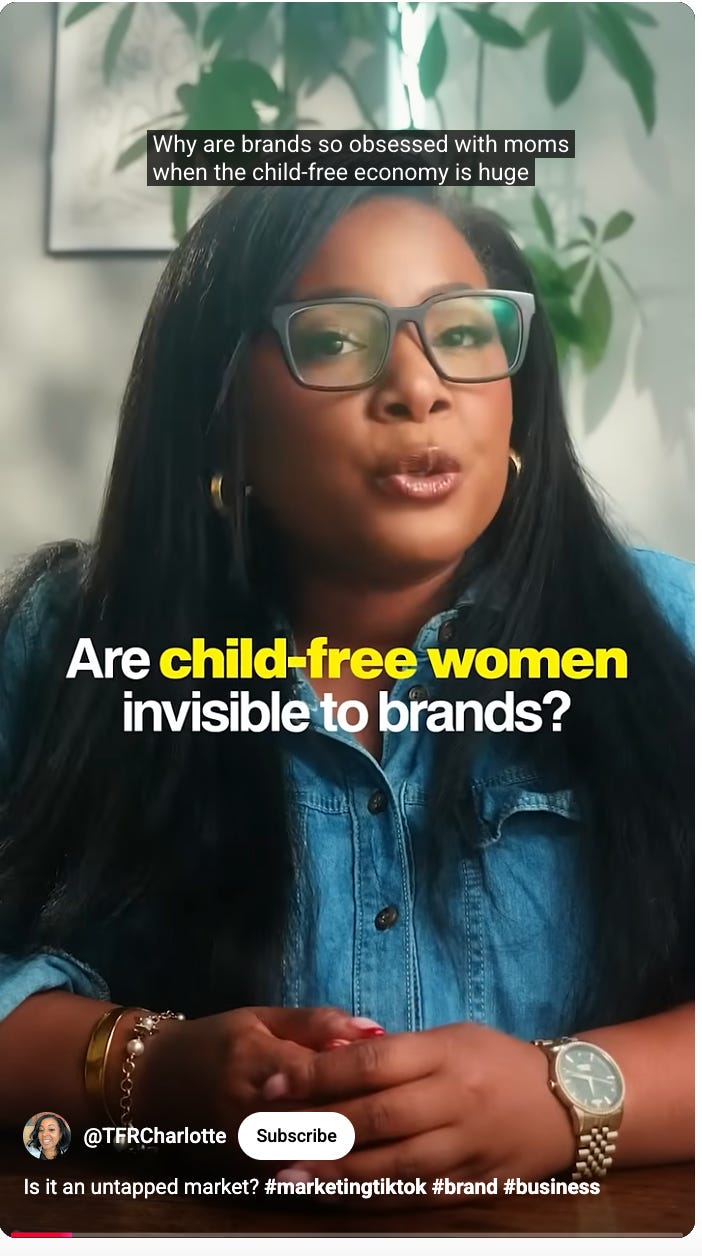
A brilliant take. Thank you for this!
An interesting read and very well mapped out! Thanks.